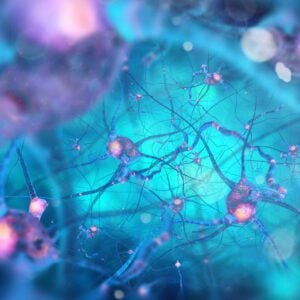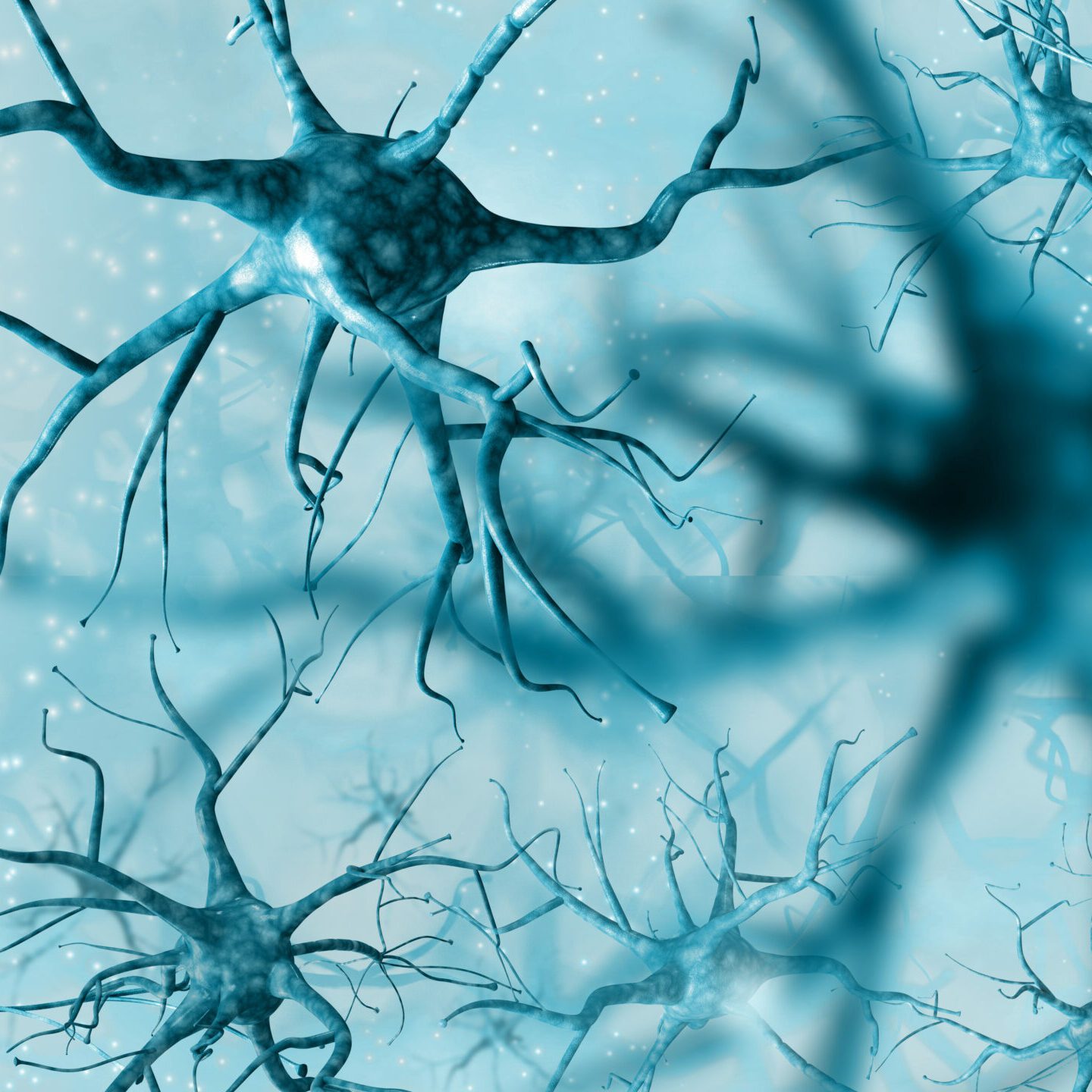 There’s one thing almost every ALS patient shares in common: a toxic buildup of TDP-43. A better understanding of this protein could open the door to better diagnostics tools and new therapies.
There’s one thing almost every ALS patient shares in common: a toxic buildup of TDP-43. A better understanding of this protein could open the door to better diagnostics tools and new therapies.
TDP-43 is a protein typically found within the cell’s nucleus, but it shuttles to and from the nucleus into the main cell’s body (cytoplasm) to exert its various cell functions, such as regulating protein production. In ALS patients, TDP-43 moves into the cytosol, where it clumps.
More than a decade ago, scientists found aggregates of TDP-43 in post-mortem neurons from ALS patients. This buildup occurs in about 97% of people with ALS — those with and without genetic mutations.1
Symptom or Cause?
It’s too soon to discuss cause and effect of TDP-43 clumping because the precise biological mechanisms that cause ALS are not well understood. So, scientists don’t know whether the TDP-43 clumping is a symptom/consequence of ALS or whether it causes the nerve cell death that leads to ALS.2
What is clear is this: When TDP-43 is disrupted — or dysregulated, in medical terminology — it is toxic to cells. Human neurons do not tolerate TDP-43 nuclear loss or clumping and will eventually die once this occurs.3 Recent research also suggests that when TDP-43 is not in the nucleus, cells are more vulnerable to DNA damage.4
Although there may be many causes leading to disease, this clumping seems to happen to almost everyone with ALS.
Why it Matters: Early Detection
Because TDP-43 aggregates (clumps) were discovered as the most prominent feature in most ALS patients, researchers have recognized them as a hallmark of the disease.
So far, however, scientists have been able to detect TDP-43 buildup only in post-mortem tissues. There is currently no way to accurately measure TDP-43 in living patients, but researchers are moving quickly in this direction.
The ability to measure and monitor TDP-43 could track disease progression as a prognostic biomarker and potentially test drug efficacy, especially those that target TDP-43.
Having a TDP-43 biomarker would also enable scientists to study disease progression and gauge the effects of disease-modifying treatments. Therapies that target abnormal TDP-43 could prevent the aggregation and perhaps slow disease progression, even if the buildup isn’t the primary cause of the disease.
Moving Forward
The quest for ALS biomarkers is an urgent one. In December 2020, Target ALS announced a comprehensive research initiative to discover biomarkers, which was identified as an immediate need by over 100 scientists and other key stakeholders. It includes developing an integrated biofluid and genomics core that will exponentially improve the impact of human biosamples on research, with open, no-strings attached access for scientists worldwide. It extends the value of biosamples beyond postmortem tissue with longitudinal samples from living patients.
Ongoing research is focused on TDP-43’s potential as a biomarker: Developing reliable assays to measure TDP-43 or pathologic species of TDP-43 in biofluids, such as cerebral spinal fluid and blood, remains a top priority, and research is underway on several fronts. In March 2020 Target ALS and the ALS Association announced a partnership to fund two projects to better understand the structure of TDP-43.
To read and interviews with two of the researchers, click here and here. Their success could transform how we approach this disease. Keep watching.
Citations:
1. MedlinePlus, TARDBP gene, medlineplus.gov/genetics/gene/tardbp/.
2. UNDER THE MICROSCOPE: Why TDP-43 Matters So Much in ALS Research. Target ALS, July 7, 2020 www.targetals.org/2020/07/07/under-the-microscope-why-tdp-43-matters-so-much-in-als-research/.
3. UNDER THE MICROSCOPE, op cit.
4. “TDP-43 Protein Abnormalities in ALS Linked to DNA Damage,” ALS News Today Feb. 1, 2021 alsnewstoday.com/news-posts/2021/02/01/tdp-43-protein-accumulation-location-r-loops-dna-damage/.
5. “TDP-43 real-time quaking induced conversion reaction optimization and detection of seeding activity in CSF of amyotrophic lateral sclerosis and frontotemporal dementia patients,” Brain Communications, Volume 2, Issue 2, 2020, fcaa142, https://doi.org/10.1093/braincomms/fcaa142.





